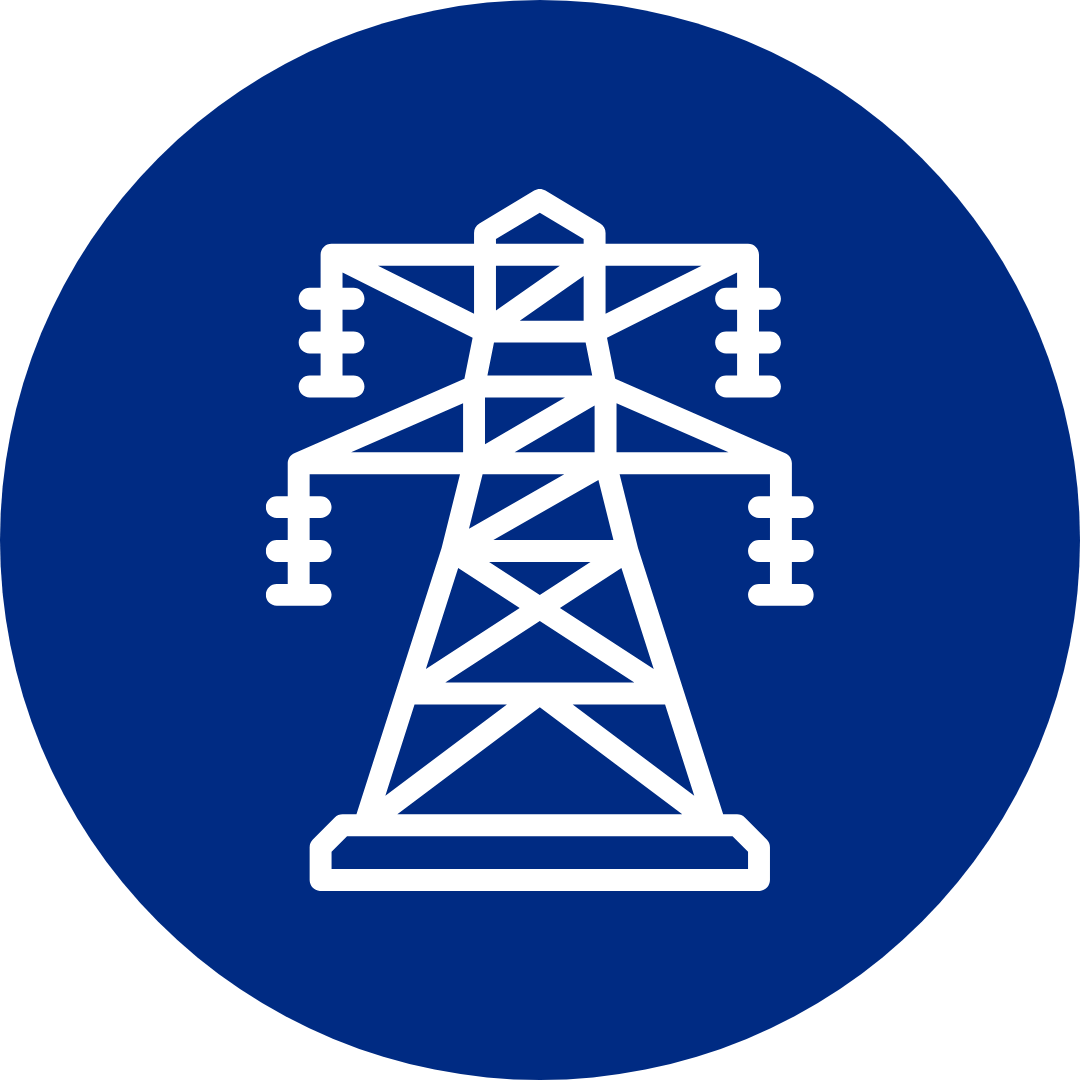Choosing the right fire alarm cable is crucial for ensuring that alarm systems, fire detection systems, and emergency lighting systems work safely and reliably. For BS 5839 compliance, cables must be fire resistant, meet either standard or enhanced grades, and follow colour guidelines, usually preferring red. Careful selection helps protect people and property by making sure that all systems keep working during a fire or emergency.
Many types of fire alarm cables are available, but not all are suitable for every application. The BS 5839-1 standard requires fire alarm cables to be resistant to heat, avoiding the use of non-fire-resisting options. Good fire alarm cables, like FP200 Gold, are specifically designed to meet these needs and are used in both simple and networked systems.
Key Takeaways
BS 5839 requires fire resistant cables for compliance.
Standard and enhanced grades of cable are available for alarm systems.
Proper cable choice keeps systems working during emergencies.
What Is BS 5839 Compliance
BS 5839 is a British Standard focused on fire alarm systems in buildings. It sets the requirements for the design, installation, commissioning, and maintenance of these systems.
This standard ensures that fire alarms work effectively and provide clear warnings in case of fire. It helps to protect people, property, and assets.
BS 5839-1 is the main part of the standard covering non-domestic buildings. It outlines important details, such as the types of cables to use, system design, testing, and documentation.
BS 5839 compliance means that a fire alarm system meets all the requirements described in the standard. This is not just good practice but is often necessary to meet fire safety laws.
Relevant Regulations and Standards:
Regulatory Reform (Fire Safety) Order 2005: Sets out the legal framework for fire safety in non-domestic premises.
Fire Safety Regulations: Support the main legislation and give more details about how to stay safe.
BS5266-1: Covers emergency lighting, which often works alongside fire alarm systems.
ISO 9001 Quality System: Shows that the installation company has quality management processes in place.
European Standards: May also apply, especially for components and equipment.
Using the right fire alarm cables, as detailed in BS 5839, is key to compliance. This includes using cables with the required fire resistance, colour, and labelling.
Key points for compliance:
Area | Requirement |
System Design | Follow BS 5839-1:2013 guidelines |
Cable Selection | Use correct fire-resisting cables |
Documentation | Keep clear records and certificates |
Testing & Maintenance | Regular checks and servicing |
Proper compliance helps to reduce fire risks and meet all legal duties.
What Are The Different Types Of Fire Alarm Cable
Fire alarm cables are categorised by their fire resistance, construction, and standard compliance. For systems installed under BS 5839 in the UK, choosing the right type matters for safety and regulations.
The two main types are Standard Fire-Resistant Cables and Enhanced Fire-Resistant Cables.
Standard cables offer basic fire protection and are used in less critical areas.
Enhanced cables provide higher fire resistance. They’re needed in places where the cable must keep working for longer during a fire, like escape routes.
Some cables are tested to BS EN 50200 for a set period (like 30 or 60 minutes). Ratings such as PH30 or PH60 show how many minutes the cable can operate in fire and mechanical shock conditions.
Armoured fire-resistant cables add mechanical protection.
These often follow the BS 7846 standard and are used in harsh environments where cables could be damaged.
Mineral insulated cables are another option.
They are made from copper and magnesium oxide, offering very high fire resistance and are often used for critical circuits.
The table below compares some of the main fire alarm cable standards:
Standard | Description | Example Use |
BS EN 50200 | Fire endurance testing (PH30/PH60) | Standard/Enhanced cable |
BS 6387:2013 | Fire, water, and shock resistance | Critical systems |
BS 7846 | Armoured fire-resistant cable | Plant rooms, risers |
EN 50200:2006 | Test method for fire cables | Certification |
All fire alarm cables for BS 5839 must have a copper core with at least 1 mm² cross-sectional area to ensure proper strength and function.
What Are The Features Of Fire Alarm Cables
Fire alarm cables must have specific features to be used in life safety systems. Fire resistance is their most important trait. These cables are designed to maintain circuit integrity and keep critical signal paths working during a fire.
Cross-sectional area is important for mechanical strength. According to BS 5839, the cable’s conductors should have at least 1mm² area. This prevents damage from handling or building movement.
There are two main types:
Flame retardant properties help stop the spread of fire along the wiring. Good fire alarm cables also release very low levels of acid gas if burned.
Impedance and voltage drop matter for performance. Low impedance cables make sure signals travel reliably with little power loss.
Cable joints must be fully fire-resistant too. Weak joints can break circuit integrity, risking system failure during a fire.
Fire alarm cables must also resist mechanical damage. This means tough outer sheaths or armouring in harsh environments.
Feature | Why It Matters |
Fire resistance | Keeps alarms working in fires |
Voltage drop | Prevents signal loss |
Mechanical strength | Protects from physical damage |
Low acid gas emission | Reduces toxic smoke |
How To Choose The Right Fire Alarm Cable For BS 5839 Compliance
Selecting the correct fire alarm cable is key for BS 5839 compliance. These cables must protect the fire alarm system, including smoke detectors, during a fire.
Fire alarm cables for BS 5839 are classed as Standard or Enhanced. Standard cables are suitable for most buildings, while enhanced cables are used in high-rise or complex sites where longer fire resistance is needed.
The cable type affects how long the system will keep working during a fire. Below is a simple table:
Cable Type | Fire Resistance | Where to Use |
Standard | 30 minutes | Most buildings |
Enhanced | 120 minutes | High-rise, Hospitals |
Key selection points:
All conductors should have at least a 1 mm² cross-sectional area
Use only fire-resistant cables for every part of the fire alarm installation
Avoid non-fire resisting cables anywhere in the system
Cables must be installed correctly to avoid physical damage. Proper clips and supports are important to keep cables secure, especially during a fire.
Choosing the right cable helps ensure both the fire alarm system and the smoke detectors work reliably, even in an emergency. This choice helps keep people safe and stays in line with BS 5839 rules.
What cable do you use for a fire alarm?
Fire alarm systems must use fire-resistant cables. These cables are designed to continue working during a fire so that alarms and warning systems operate correctly. Common fire alarm cables are the “standard” or “enhanced” types, each tested for performance in a fire.
What are the standards for fire alarm cabling?
Fire alarm cables in the UK should comply with BS 5839 standards. These standards also reference BS EN 50200, which sets requirements for fire resistance. Cables that follow these standards must survive a fire for a certain period, usually at least 30 minutes.
What is the difference between type 1 and type 2 alarm cable?
Type 1 cables are “standard” fire-resistant, tested to PH30 according to BS EN 50200, and offer at least 30 minutes of fire survival time. Type 2, or “enhanced” cables, provide longer performance, surviving for up to 120 minutes, and are used in higher risk or critical areas.
What wire do you use for a fire alarm?
Fire alarm systems generally use armoured or screened fire-resistant wire with a copper conductor. Single, unscreened cables are less common. The wire size is usually 1.5mm², but it's important to check the manufacturer’s recommendations and BS 5839.
What are the requirements for BS 5839?
BS 5839 sets the rules for design, installation, inspection, testing, and maintenance of fire alarm systems. It requires all critical circuits, including the mains supply to the fire alarm control panel, to use fire-resistant cable. Ongoing inspection and testing are needed to ensure the system stays compliant.
What is the difference between L1, L2, and L3 fire alarm systems?
L1 systems cover all parts of the building, including all rooms and escape routes, providing the highest level of protection. L2 systems cover escape routes and areas with higher fire risks. L3 systems provide detection only along escape routes and rooms opening onto them.
What is the segregation distance between fire alarm cables?
BS 5839 recommends separating fire alarm cables from other electrical cables to avoid interference. Generally, a 300mm separation is required, except where barriers or partitions are provided between the cables. This distance helps prevent electrical faults from affecting alarm operation.
Alarm Cable
Arctic Grade Cable
Armoured Cable
Audio & Speaker Cable
Auto Cable
Bare Copper
Belden Equivalent Cable
Co-axial Cable
Data Cable
DC Telecom Cable
Defence Standard Cable
Emergency Lighting & Fire Detection Cable
EV Cable
Festoon
![Loose Tube Fibre Cross Section]()
Fixed Wiring PVC & LSOH Cable
Flatform
Flexible Control Cable
Flexible PVC Cable
Flexible Rubber Cable
General Wiring Cable PVC & LSOH
High Temperature Cable
High Voltage Cable
![5308 p1 t2 cat Cross Section]()
LSOH Flexible Cable
Medium Voltage Cable
NYY & N2XH Cable
Protected Wiring Cable
Silicone Cable
Solar Cable
Split Concentric Cable
Spiral Cable
Temporary Power Cable
Tri-Rated Cable
Welding Cable
Alarm Cable
Arctic Grade Cable
Armoured Cable
Audio & Speaker Cable
Auto Cable
Bare Copper
Belden Equivalent Cable
Co-axial Cable
Data Cable
DC Telecom Cable
Defence Standard Cable
Emergency Lighting & Fire Detection Cable
EV Cable
Festoon
![Loose Tube Fibre Cross Section]()
Fixed Wiring PVC & LSOH Cable
Flatform
Flexible Control Cable
Flexible PVC Cable
Flexible Rubber Cable
General Wiring Cable PVC & LSOH
High Temperature Cable
High Voltage Cable
![5308 p1 t2 cat Cross Section]()
LSOH Flexible Cable
Medium Voltage Cable
NYY & N2XH Cable
PAS - BS5308 Instrumentation Cable
Protected Wiring Cable
RS-232 Cable
RS-485 Cable
Silicone Cable
Solar Cable
Split Concentric Cable
Spiral Cable
Telephone Cable
Traffic Signal Cables
Temporary Power Cable
Tri-Rated Cable
Welding Cable
Airports
Automation & Process Control
![Automotive]()
Building & Construction
Communication & Telecommunication
Data Centres
Defence
![DNO 1]()
E-Mobility
Food & Beverage
Marine & Offshore
Mining, Drilling & Tunnelling
OEMs
Oil, Gas & Petrochemical
Rail & Metro
Renewable Energy
Switchgear
Power
Water Treatment













































